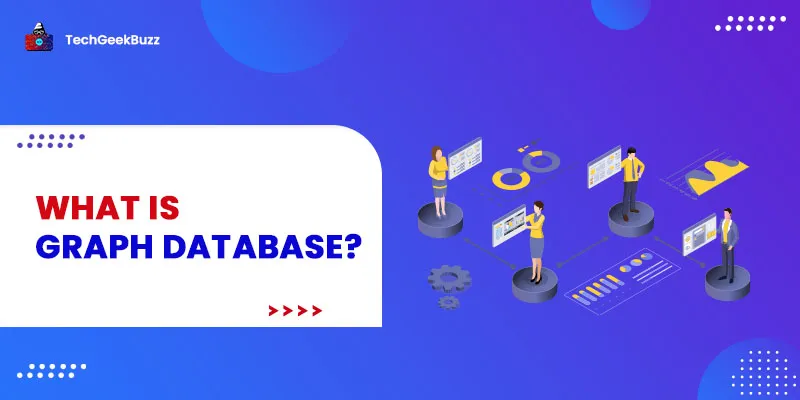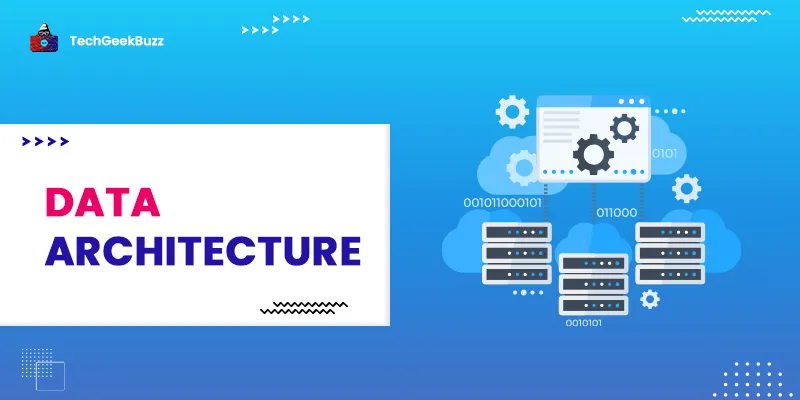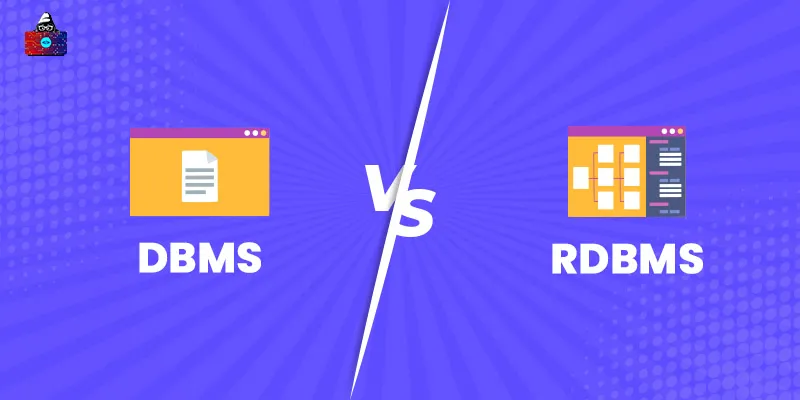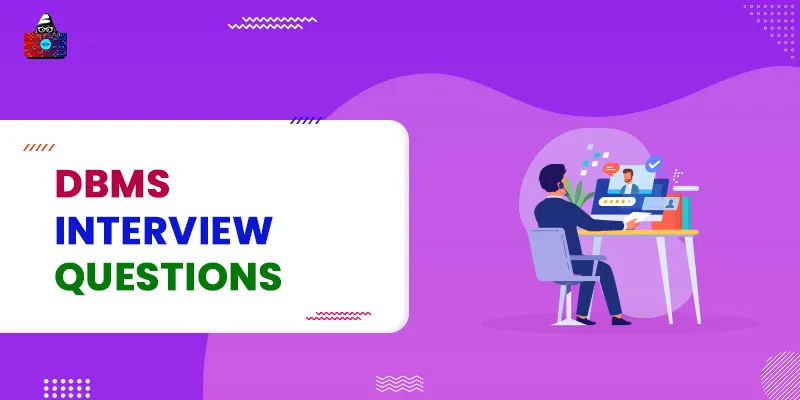A database is a well-arranged collection of structured data stored in a computer system electronically. The primary purpose of a database is to make it easy to access and manipulate data quickly and easily. Databases have come a long way, from flat-file systems and relational databases to object-relational and cloud databases.
One of the most popular kinds of databases is a graph database. It is a NoSQL or non-SQL database, which means it does not store data in a tabular data structure like relational databases .
In the past few years, graph databases have grown rapidly, as there has been an increase in the generation of complex data. many popular websites and applications, including LinkedIn, Instagram, Amazon, Facebook, and Twitter, leverage a graph database. The reason is that this type of database provides high scalability, performance, and the ability to manage and uncover relationships between vast volumes of dynamic datasets.
Well, if you are not aware of a graph database and want to explore more about it, you have landed in the right place. In this article, we shall introduce you to a graph database and its various aspects.
What is a Graph Database?
The concept of a graph database is similar to the normal Graph Data Structure where we use nodes and edges to represent a graph. In the graph database, the nodes represent the data or real-world entity, such as people, place, location, etc. and edges represent the relationship between the nodes.
So, the technical definition of a graph database is a type of database that stores, queries, and manipulates network graphs easily. The best example to understand a graph database is a family tree.
Graph databases outperform relational databases because the concept of the edges has made it easy to represent complex relationships between the nodes in a natural form. However, in relational databases, representing complex relationships between two records or rows can be challenging and perplexing.
Among all sorts of databases, the graph database is more flexible. Many Graph Databases often do not have a proper schema, but it does not mean we cannot define a schema. Even without a defined schema, the relationship between the data node is way better than in relational databases. But defining a pre-schema can lead to better-performing databases.
As this type of database is based on the concept of a graph, it lets us implement all graph theories for faster and more efficient retrieval and manipulation of data. For example, we can use the different graph traversal algorithms on our database to find the shortest route to reach data.
Why are Graph Databases Important?
The advent of various technologies has resulted in the generation of enormous volumes of a variety of data. This digital era does not generate any isolated pieces of information. Instead, it generates data sets that have complex relationships with some other data sets.
Conventional databases, more specifically relational databases, were used to store data. Also, they required a pre-defined schema before storing data. The data generated in today's era is of a different variety, dynamic, and complex. However, such databases were not able to manage complex relationships between dynamic data sets. They leveraged primary keys and foreign keys to represent the relationship between data, which was pretty time-consuming and perplexing.
The need to manage vast volumes of connected data sets efficiently resulted in the shift from relational databases to graph databases. Graph databases give equal importance to data as well as the relationship between data. They have the capability to convert a rich web of dynamic data into meaningful relationships that can deliver valuable insights to businesses.
Types of a Graph Database
There are two types of graph databases: property and RDF (Resource Description Framework). While the property graph deals with analytics and querying of data, RDF focuses on the integration of data.
Let us now discuss each of these types in detail below:
1. Property Graph
A property graph models the relationship between data, which forms the foundation for query and data analytics. It comprises vertices and edges that can have attributes or properties with which they are associated. The vertices hold detailed information about a subject, whereas edges represent the relationship between those vertices.
A variety of industry verticals, including finance, retail, manufacturing, and many others, the property graph because of its versatility.
2. RDF (Resource Description Framework) Graph
The RDF graph is in compliance with the W3C standards and is ideal for representing statements, complex metadata, and master data. it is capable of providing rich semantics and inference on data. It is primarily used for knowledge graphs, linked data, and data integration.
In RDF, a statement has three components: Subject (two vertices with an edge between them), Predicate, and Object. We refer to it collectively as an RDF triple. Moreover, each vertex and edge has a Unique Resource Identifier (URI) through which it can ce identified uniquely.
Some common industries that have adopted RDF graphs are government agencies, healthcare organizations, and pharmaceutical companies.
How do Graph and Graph Databases Work?
To describe relationships in data, graph and graph databases leverage the graph model. They let users perform traversal queries and implement graph algorithms with the intent to find hidden patterns, a single point of failure, paths, and many other relationships in a vast volume of data.
Moreover, the real power of graphs is in data analytics for their ability to provide valuable insights and link data sources of different and incomparable types. Graph algorithms are operations for analyzing behavior and relationships among data in graphs. They make it possible to understand things that are challenging to do so with other methods.
Now, you might be wondering what exactly does the analysis of graphs include? It entails analyzing the path between the vertices, the significance of vertices, and the clustering of the vertices. Graph algorithms primarily consider incoming edges and neighboring vertices.
For instance, graph algorithms can determine which person or thing is more related to others in social networks or business procedures. They are capable of finding clusters, anomalies, recurring trends, and connections between people or connected transactions.
Use Cases
1. Recommendation Engines
The best example where the graph database is used is a recommendation engine in eCommerce applications. It provides its customers with amazing experiences by recommending them products based on their interests. It does so by storing the relationship between information categories, such as customer interests, purchase history, search history, and friends.
2. Social Media Platforms
Another example where the graph database is utilized is social media platforms. Facebook and Instagram use graph databases that help you find the friends of your friends. Generally, you get suggestions to connect with people who are friends of your friends.
Features of Graph Database
A beginner who is learning a new technology for fun or wants to explore something new might not consider its feature. But in the real world or in business, when we choose a new technology, we have to consider all its features or what benefit it can bring to the business and projects.
Let’s discuss the features of the Graph Database which suit your project and business.
1. Performance
The universal truth is that as time has passed, the rate of data generation has increased more than ever before, and the relationship between the data has become more complex. So, there was a need for such a database that does not compromise performance even though the data and its relationship become complex.
Although Traditional Relational Databases are capable of holding huge data and applying complex queries, there we have to compromise the performance. But in graph databases, the complex relational queries can be run easily without affecting the database performance.
2. Flexibility
In a relational database, if we want to add a new attribute or a complete table to the database, we have to consider the overall schema or data structure of the database so all things can go along without affecting the overall database performance. But this is not the case in the graph database because here, we do not need to define a schema for our database, and we can add new data and attribute without endangering the current database.
3. Agility
Graph Database can perfectly sync with agile Software development. The flexibility of the database allows the developer to evolve the database according to the business need.
Advantages and Disadvantages of a Graph Database
Let us now shed light on the benefits and drawbacks of graph databases.
Benefits
- Graph databases have the capability to establish the relationship between data they store and other external sources.
- They eliminate the need to use joins.
- Queries in graph databases are based on the relationship and not on the amount of data.
- The graph model makes it easy to handle diverse data sets.
- They are flexible and agile.
Drawbacks
- Graph databases have a smaller user base than traditional or relational databases.
- For complex relationships, the speed of graph databases slows down often.
- They use a platform-dependent query language.
- They are not ideal for transactional data.
Conclusion
Graph Database follows a real-world relationship approach to store data using nodes and edges. Its non-predefined schema feature makes it completely different from the other traditional databases where the schema is mandatory to define in order to make the database work efficiently. Still, developers and businesses choose relational or SQL databases over NoSQL or graph databases because it's a safer option. It will take 3 to 4 more years for the NoSQL database to rule the market.
People are also reading:
- What is Distributed Database?
- What is Object Oriented Database?
- Normalization in DBMS
- How to create Database?
- What is DBMS?
- What is Graph?
- RDBMS Database
- SQL vs NoSQL




